|
[1] Tabaraee E, Ahn J, Bohl DD, et al. The Impact of Worker's Compensation Claims on Outcomes and Costs Following an Anterior Cervical Discectomy and Fusion.Spine (Phila Pa 1976). 2015;40(12):948-953.
[2] Dong J, Lu M, Lu T, et al. Meta-Analysis Comparing Zero-Profile Spacer and Anterior Plate in Anterior Cervical Fusion.PLoS One. 2015;10(6):e0130223
[3] Epstein NE, Roberts R, Collins J. Operative costs, reasons for operative waste, and vendor credit replacement in spinal surgery. Surg Neurol Int. 2015;6(Suppl 4):S186-189.
[4] Sun Y, Zhao YB, Pan SF, et al. Comparison of adjacent segment degeneration five years after single level cervical fusion and cervical arthroplasty: a retrospective controlled study.Chin Med J (Engl). 2012;125(22):3939-3941.
[5] Davis RJ, Kim KD, Hisey MS,et al.Cervical total disc replacement with the Mobi-C cervical artificial disc compared with anterior discectomy and fusion for treatment of 2-level symptomatic degenerative disc disease: a prospective, randomized, controlled multicenter clinical trial: clinical article.J Neurosurg Spine. 2013;19(5):532-545.
[6] Liu P, Zhao J, Liu F, et al.A novel operative approach for the treatment of old distractive flexion injuries of subaxial cervical spine.Spine (Phila Pa 1976). 2008;33(13):1459-1464.
[7] Heidecke V, Burkert W, Brucke M, et al.Intervertebral disc replacement for cervical degenerative disease--clinical results and functional outcome at two years in patients implanted with the Bryan cervical disc prosthesis. Acta Neurochir (Wien). 2008;150(5):453-459.
[8] Zindrick MR, Spratt KF.Point of view: 5-year results of the FDA study. Spine (Phila Pa 1976). 2013;38(3):210.
[9] Koller H, Meier O, Zenner J, et al. In vivo analysis of cervical kinematics after implantation of a minimally constrained cervical artificial disc replacement. Eur Spine J. 2013;22(4): 747-758.
[10] de Beer N, Scheffer C.Reducing subsidence risk by using rapid manufactured patient-specific intervertebral disc implants. Spine J. 2012;12(11):1060-1066.
[11] Zigler JE, Delamarter R, Murrey D,et al.ProDisc-C and anterior cervical discectomy and fusion as surgical treatment for single-level cervical symptomatic degenerative disc disease: five-year results of a Food and Drug Administration study. Spine (Phila Pa 1976). 2013;38(3):203-209.
[12] Jawahar A, Nunley P.Total disc arthroplasty and anterior cervical discectomy and fusion in cervical spine: competitive or complimentary? Review of the literature. Global Spine J. 2012;2(3):183-186
[13] Tsermoulas G, Bhattathiri PS.Anterior migration of prosthesis following cervical arthroplasty. Br J Neurosurg. 2013;27(1): 132-133.
[14] Ding C, Hong Y, Liu H, et al.Intermediate clinical outcome of Bryan Cervical Disc replacement for degenerative disk disease and its effect on adjacent segment disks. Orthopedics. 2012;35(6):e909-916.
[15] Yang B, Li H, Zhang T,et al.The incidence of adjacent segment degeneration after cervical disc arthroplasty (CDA): a meta analysis of randomized controlled trials. PLoS One. 2012;7(4):e35032.
[16] Wu JC, Huang WC, Tsai HW, et al.Differences between 1- and 2-level cervical arthroplasty: more heterotopic ossification in 2-level disc replacement: Clinical article. J Neurosurg Spine. 2012;16(6):594-600.
[17] Tu TH, Wu JC, Fay LY, et al.Vertebral body split fracture after a single-level cervical total disc replacement. J Neurosurg Spine. 2012;16(3):231-235.
[18] Xia XP, Chen HL, Cheng HB.Prevalence of adjacent segment degeneration after spine surgery: a systematic review and meta-analysis. Spine (Phila Pa 1976). 2013; 38(7):597-608.
[19] Harrod CC, Hilibrand AS, Fischer DJ, et al.Adjacent segment pathology following cervical motion-sparing procedures or devices compared with fusion surgery: a systematic review. Spine (Phila Pa 1976). 2012;37(22 Suppl):S96-S112.
[20] Lebl DR, Cammisa FP Jr, Girardi FP, et al.The mechanical performance of cervical total disc replacements in vivo: prospective retrieval analysis of prodisc-C devices. Spine (Phila Pa 1976). 2012;37(26):2151-2160.
[21] Aghayev E, Bärlocher C, Sgier F, et al.Five-year results of cervical disc prostheses in the SWISSspine registry. Eur Spine J. 2013;22(8):1723-1730.
[22] Ryu WH, Kowalczyk I, Duggal N.Long-term kinematic analysis of cervical spine after single-level implantation of Bryan cervical disc prosthesis. Spine J. 2013;13(6): 628-634.
[23] Yi S, Shin DA, Kim KN, et al.The predisposing factors for the heterotopic ossification after cervical artificial disc replacement. Spine J. 2013;13(9):1048-1054.
[24] Helgeson MD, Bevevino AJ, Hilibrand AS.Update on the evidence for adjacent segment degeneration and disease. Spine J. 2013;13(3):342-351.
[25] Yin S, Yu X, Zhou S, et al.Is cervical disc arthroplasty superior to fusion for treatment of symptomatic cervical disc disease? A meta-analysis. Clin Orthop Relat Res. 2013;471(6): 1904-1919.
[26] Cason GW, Herkowitz HN. Cervical intervertebral disc replacement. J Bone Joint Surg Am. 2013;95(3):279-285.
[27] Viezens L, Schaefer C, Beyerlein J, et al.An incomplete paraplegia following the dislocation of an artificial cervical total disc replacement. J Neurosurg Spine. 2013;18(3): 255-259.
[28] Nunley PD, Jawahar A, Cavanaugh DA,et al. Symptomatic adjacent segment disease after cervical total disc replacement: re-examining the clinical and radiological evidence with established criteria. Spine J. 2013;13(1): 5-12.
[29] Xing D, Ma XL, Ma JX,et al.A meta-analysis of cervical arthroplasty compared to anterior cervical discectomy and fusion for single-level cervical disc disease. J Clin Neurosci. 2013;20(7):970-978.
[30] Qin J, He X, Wang D,et al.Artificial cervical vertebra and intervertebral complex replacement through the anterior approach in animal model: a biomechanical and in vivo evaluation of a successful goat model. PLoS One. 2012;7(12): e52910.
[31] McDonald CP, Chang V, McDonald M,et al.Three-dimensional motion analysis of the cervical spine for comparison of anterior cervical decompression and fusion versus artificial disc replacement in 17 patients: clinical article. J Neurosurg Spine. 2014;20(3):245-255.
[32] Verma K, Gandhi SD, Maltenfort M,et al. Rate of adjacent segment disease in cervical disc arthroplasty versus single-level fusion: meta-analysis of prospective studies. Spine (Phila Pa 1976). 2013;38(26):2253-2257.
[33] Vaccaro A, Beutler W, Peppelman W, et al.Clinical outcomes with selectively constrained SECURE-C cervical disc arthroplasty: two-year results from a prospective, randomized, controlled, multicenter investigational device exemption study. Spine (Phila Pa 1976). 2013;38(26):2227-2239.
[34] Wenger M, Markwalder TM. Posterior decompression salvages Bryan total disc arthroplasty in post-operatively recurrent uncoforaminal stenosis. J Clin Neurosci. 2014; 21(5):741-744.
[35] Nandyala SV, Marquez-Lara A, Fineberg SJ, et al. Comparison between cervical total disc replacement and anterior cervical discectomy and fusion of 1 to 2 levels from 2002 to 2009. Spine (Phila Pa 1976). 2014;39(1):53-57. |
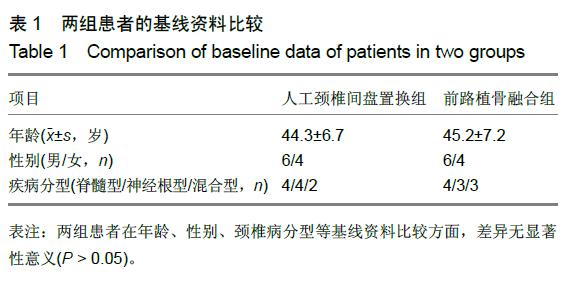
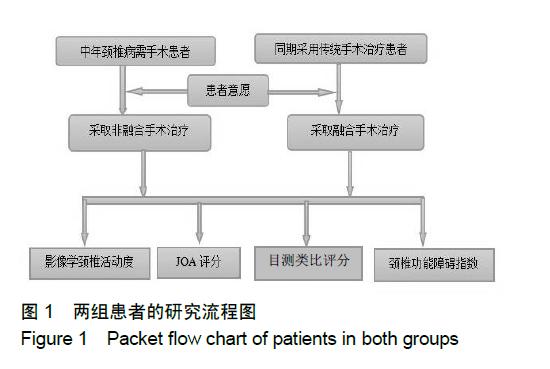
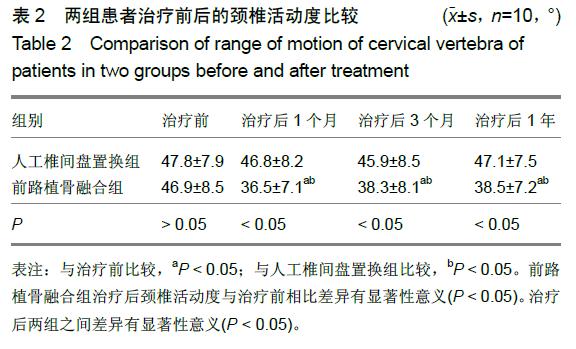
.jpg)
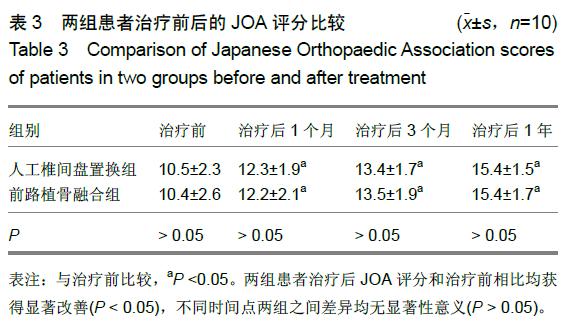
.jpg)
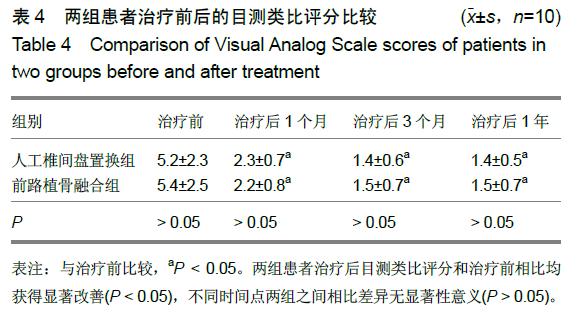
.jpg)
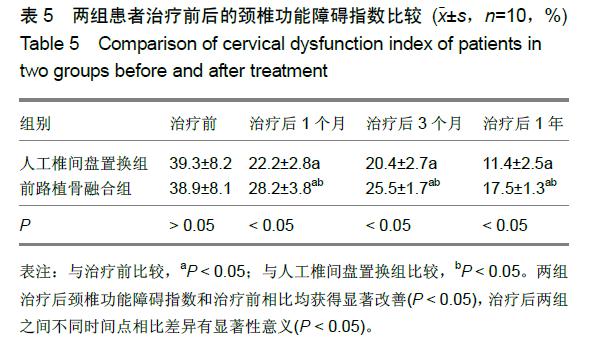
.jpg)

.jpg)
.jpg)